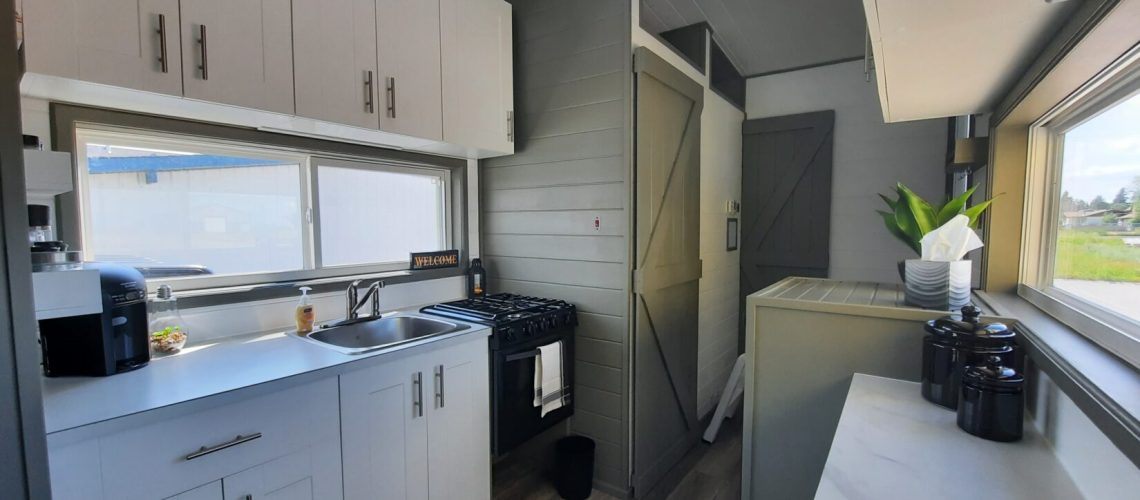The Recap
In Part 1 of this blog post, I covered the expectations and cost misconceptions surrounding having a tiny house on wheels built by a professional, certified manufacturer. Here is Part 2, where I will take a closer look at the material and nonmaterial costs of having a tiny house professionally built.
Part 2
Material Costs
The material and nonmaterial costs of building a tiny house on wheels can vary widely depending on the size of the house, the materials used, and the level of customization required. Some of the material costs to consider include:
- Structural materials: These include the trailer chassis itself, subflooring, framing, and insulation, among other components. The cost of these materials will depend on the type and quality of materials used.
- Rough in materials: This includes all your wiring, plumbing, and gas installation prior to the finishing stage.
- Exterior finishes: This includes things like sheathing, vapor barrier, siding, roofing, windows, and doors. The cost of these materials will depend on the style and type of materials used.
- Interior finishes: This includes walls and flooring, paint, staining, cabinets, hardware, countertops, and custom finishes. The cost of these materials depends on required quantities, material choices, and the level of customization required.
- Appliances and fixtures: This includes things like the stove and hood fan, refrigerator, laundry services, plumbing fixtures, and lighting fixtures. The cost of these items will depend on the brand and quality of the products chosen.
- Utilities: This includes all of the material to run your utilities such as solar equipment and batteries, panels, boilers, water heaters, water tanks (fresh, grey and black), furnaces and ducting, air conditioners, and make-up air. These costs will vary depending on what types of utility systems are chosen, such as in floor combination water heat vs furnace heating, and on grid vs off grid electrical.
Nonmaterial Costs
In addition to material costs, there are several nonmaterial costs to consider when having a tiny house on wheels built. These include:
- Design: Designing a tiny house on wheels can be a timely process. It involves careful consideration of the space available, the desired layout, and the materials and features that will be used. Design time depends heavily on the complexity of the design and the level of customization required.
- Engineering: Engineering is a critical aspect of building a tiny house on wheels. This involves taking the design of the tiny house and creating the structural, electrical, plumbing and gas drawings and specifications.
- Certification: CSA Certification is an important consideration when building a tiny house on wheels. Certification ensures that the tiny house has been inspected by a certification body during critical stages of construction, and meets required safety standards. To read about the importance of CSA Certification, check out our earlier blog post here:
https://vedahawktinyhomes.com/the-importance-of-csa-certification/ - Labor: Labor is the most significant nonmaterial cost involved in building a tiny house on wheels. The cost of labor is typically determined by the final design and cost of materials. Labor typically lands around 30% – 35% of the cost to have a tiny house built, plus or minus a few percentage points depending on the design.
Conclusion
Having a tiny house on wheels built by a professional, certified manufacturer is not a “cheap” option. It is a “cheapER” option than a traditionally built house, but it does come with a variety of material and nonmaterial costs that cannot be skipped over. It’s important to carefully consider these costs when planning your build to ensure that you can create a beautiful, customized tiny house on wheels that meets your needs and fits your budget. As a CSA Certified builder, I am committed to building you the tiny house of your dreams at a fair cost, while ensuring high professional and safety standards from concept to finished product.

